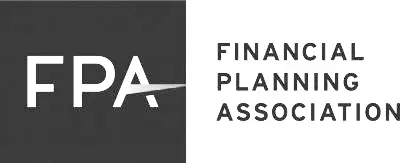 On January 1st, Congress put together a tax deal that allowed most of the Bush-era tax cuts to remain in place. This means that most taxpayers will see little change to their income taxes.
On January 1st, Congress put together a tax deal that allowed most of the Bush-era tax cuts to remain in place. This means that most taxpayers will see little change to their income taxes.
However, Congress did allow the payroll tax holiday that was enacted in 2010 to expire, which adds 2% to the amount that workers pay into Social Security.
Higher income taxpayers are facing a larger tax bill with top rates on income and capital gains increasing. Additional surtaxes for Medicare plus reductions in allowable deductions will be felt by affluent taxpayers.
Here are a few tax tips for your 2013 tax year:
Adjust your withholding
With the increase in Social Security withholding, a taxpayer who earns $50k per year will see $1k less in take home pay.
One way to lessen the pinch is to have your withholding adjusted so that you keep more of your money throughout the year. This is particularly helpful if you typically get a big refund with your tax return.
Take a look at a tool that the IRS offers to estimate the number of exemptions to claim for the remainder of the year.
Fund your 401k and other employer sponsored benefits
This may seem obvious, but there are a lot of tax triggers that are tied to adjusted gross income. Contributions to employer sponsored plans such as 401ks and cafeteria plans are one of the easiest ways to reduce the amount of income that gets counted toward AGI.
Some key AGI thresholds determine if you are eligible to take the child tax credit, fund a Roth IRA, deduct student loan interest or take an education credit. Also this year the itemized deduction and personal exemption phase-outs are back for high income taxpayers.
Watch out for the Medicare surcharge
As part of the healthcare legislation commonly known as “Obamacare” a 3.8% Medicare surcharge on investment income for wealthier taxpayers was added. Beginning in 2013 single taxpayers with incomes in excess of $200k and joint filers in excess of $250k will be hit with this tax based on their investment earnings.
This includes dividends, interest capital gains, annuities, royalties and rental income. Portfolio construction needs to be considered in order to mitigate income from taxable accounts. Also this is another area where funding 401ks and other employee benefit plans can have a big impact.
Gift appreciated stock
This isn’t a new strategy for 2013, although it has become even more attractive for those in the top income tax bracket as their long term capital gains rates have increased to 20%. The annual exclusion for 2013 allows up to $14k to be given away to an unlimited number of people free of gift tax. For a relative in the lower tax brackets the most they will pay in capital gains tax is 15%, and there is a potential for 0% if they are below the 25% income tax bracket.
Watch out for the “kiddie tax” as this strategy will not work for kids under the age of 19 or full time students under the age of 24. Also, gifting appreciated stock to qualified charities allows for a full deduction of the value of the stock, and the charity, of course, does not recognize any gain based on their tax exempt status.
Plan ahead!
As financial planners, we believe that tax planning is one area that can pay off immediately and it is often the easiest place to start.
Photo credit: 401(K) 2013





